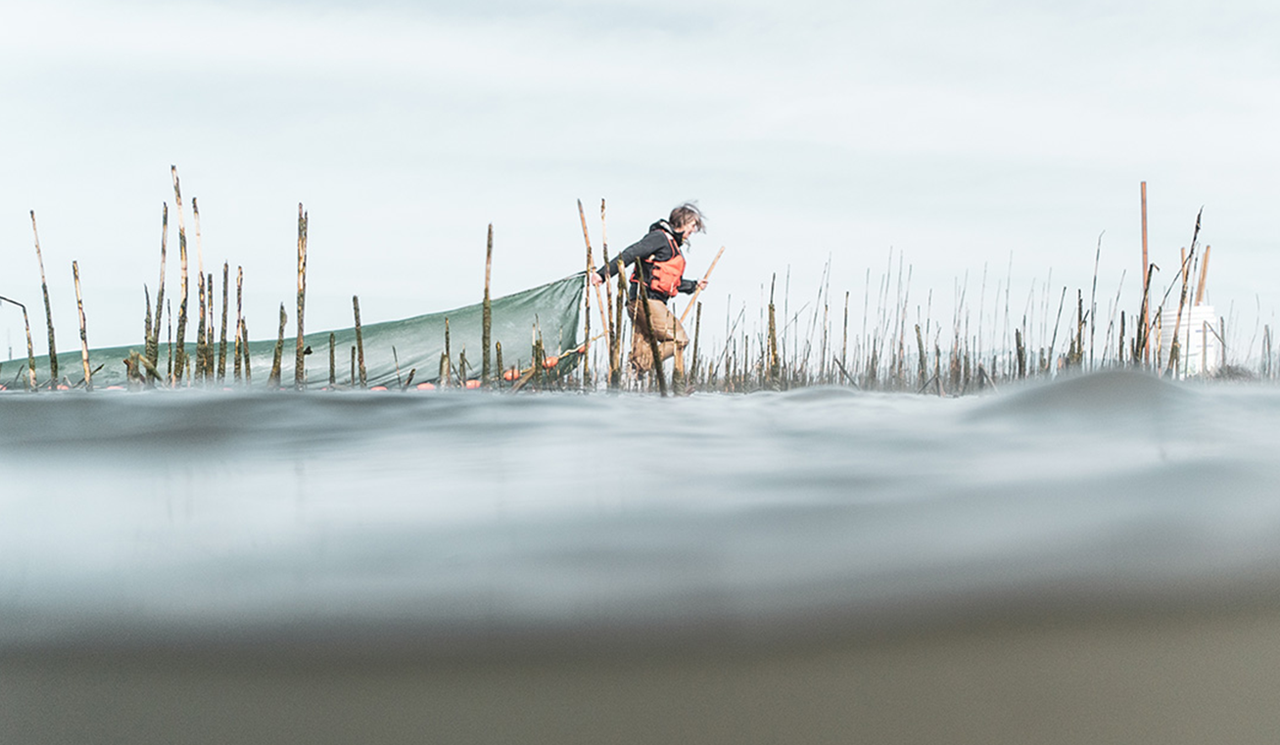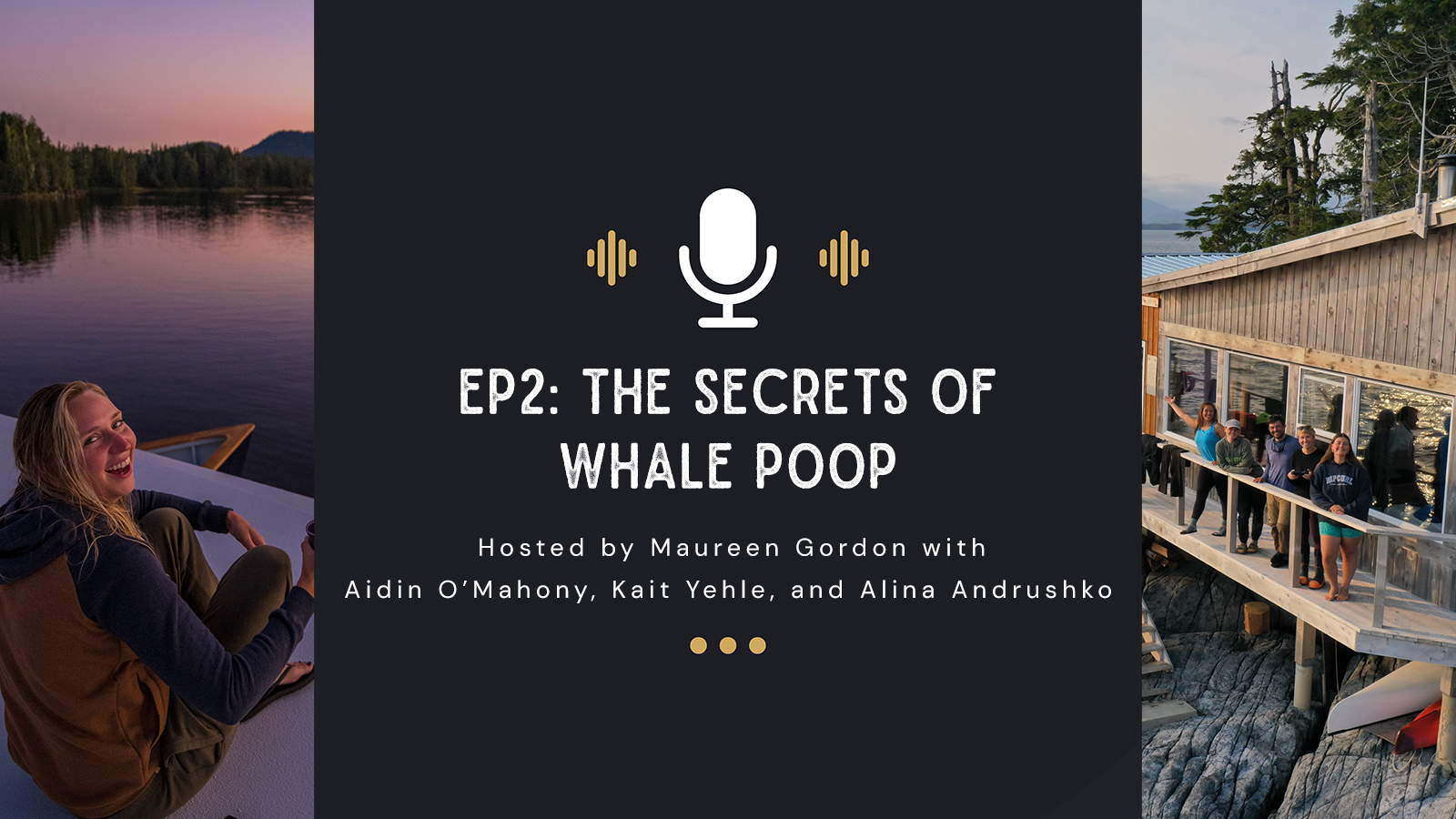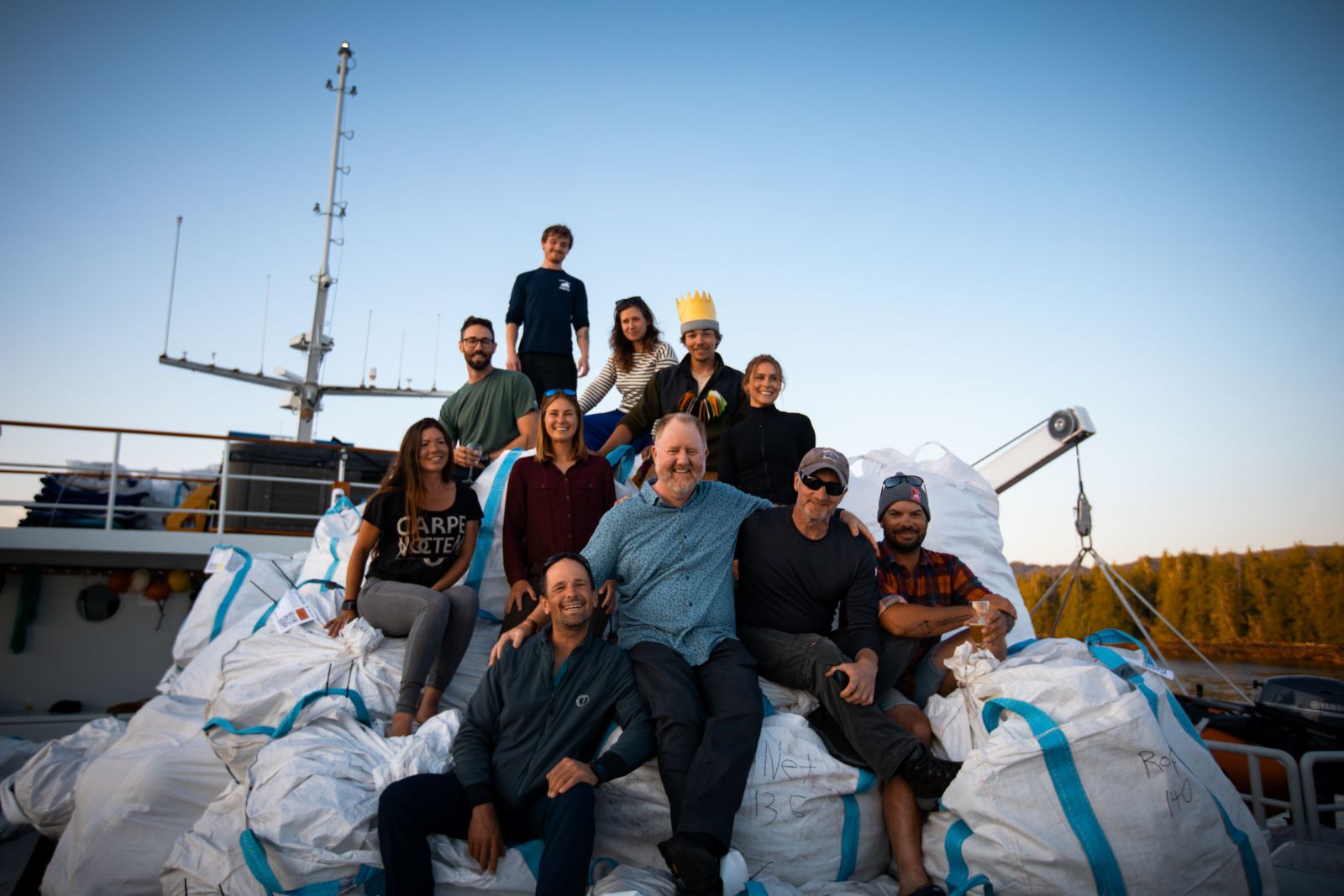Today marks the 16th annual Endangered Species Day. It’s a day for conservationists and animal lovers alike to come together to celebrate, learn about, and take action to protect our planet’s wildlife.
If you’re zoological enthusiasts like we are, your social feed is probably already teeming with bears, belugas and everything in between – and while there’s a fair share of threatened coastal animals we could talk about at length, this year we’re shifting our focus to their habitats.
While it’s true that the extinction of a single species can throw a wider ecosystem off-kilter, it’s not an issue we can – or should – be tackling at an individual level. The independent species that make up our ecosystems constitute a complex web of life. It’s that delicate balance, the numerous interactions among all living things, that are vital to existence on our planet.
Take the endangered Chinook Salmon, for example, an iconic Canadian species and one of our most revered fish. Importantly, salmon are a staple diet of resident killer whales, sea lions and – you guessed it – our emblematic Spirit Bear. Take the fish out of the food chain and an entire ecosystem collapses. These wild spaces we cherish are all of a sudden not so wild.
The increasing stressors faced by native salmon stocks are why local conservation biologists like Misty MacDuffee of the Raincoast Conservation Foundation (also a Maple Leaf naturalist) are pushing for a holistic approach to wildlife conservation.

While the salmon’s plight can be felt across the coast, the Fraser River estuary is an important focus area for Misty and her team. Formally Canada’s largest wild salmon run, it has seen immense habitat loss due to poor water quality, invasive species and more than a century of urban sprawl. This creates a hostile journey for juvenile salmon migrating out to the Salish Sea. Despite this, there is no overarching conservation management plan for the region.
“There is an area where we’re currently failing.” Misty tells us, “There are more and more species coming onto threatened and endangered species lists and not enough being taken off. So the question is, how do we move forward and capture recovery for a growing number of plants, animals, and habitats before it’s too late?”
A new study published by the UBC Conservation Decisions Lab in partnership with RCF looks to address just that, finding that a business-as-usual approach could result in the loss of two-thirds of the Fraser River’s resident species. However, a combination of varied conservation strategies, at a cost of $15 million a year, would give more than 100 species more than a 50% chance of survival.
Misty explains that we need to think bigger picture about the way humans interact with these landscapes if we’re ever going to course-correct: “The way that we’re going to recover species is by protecting and recovering habitats. We can’t focus on an individual species, there’s just too many and we won’t get there fast enough unless we start looking at strategies for entire ecosystems.”
“When we’re talking about the Fraser River estuary, we’re looking at everything from aquatic plants to resident salmon and killer whales, the small shrews on land and the birds in the sky. You have a whole range of species at risk, and it’ll take a whole suite of actions to protect them, including water quality, air quality, land use and invasive species management to list a few.”
Misty concludes that critical to this change is co‐governance, in which First Nations and government work together to oversee and implement new conservation measures: “We need to move away from the siloed and jurisdictional approach that we’re in now and reach a framework where effective change can be made to the landscape by all government levels, giving resident species the conditions needed to recover.”
This approach has also been explored in the Great Bear Rainforest, focussing specifically on salmon recovery. As is often the case, the team of academic and indigenous leaders undertaking the study concluded that proactively safeguarding salmon habitat and avoiding the damage from development in the first place is a more cost-effective way to maintain and recover salmon.
So this Endangered Species Day, let’s forgo the obligatory whale snap and zoom out. Each insect, animal and plant coexists in a delicate balance, a balance which is nearing a tipping point. It’s important that as a part of this ecosystem too, we remind ourselves of our intrinsic connection to the natural world. Because if we don’t protect it – who will?
At Maple Leaf Adventures, we believe that amazing travel experiences can be good for conservation. We celebrate the fjords, rainforests, whales, bears, seabirds and the entire food chain of the BC and Alaska coast. It is an immeasurable treasure worth exploring and protecting.
We support a number of people and organizations on the front lines of wildlife research and conservation, like Raincoast Conservation Foundation – donating money, time, or donations in kind, as well as doing our own work in the conservation space, too.



